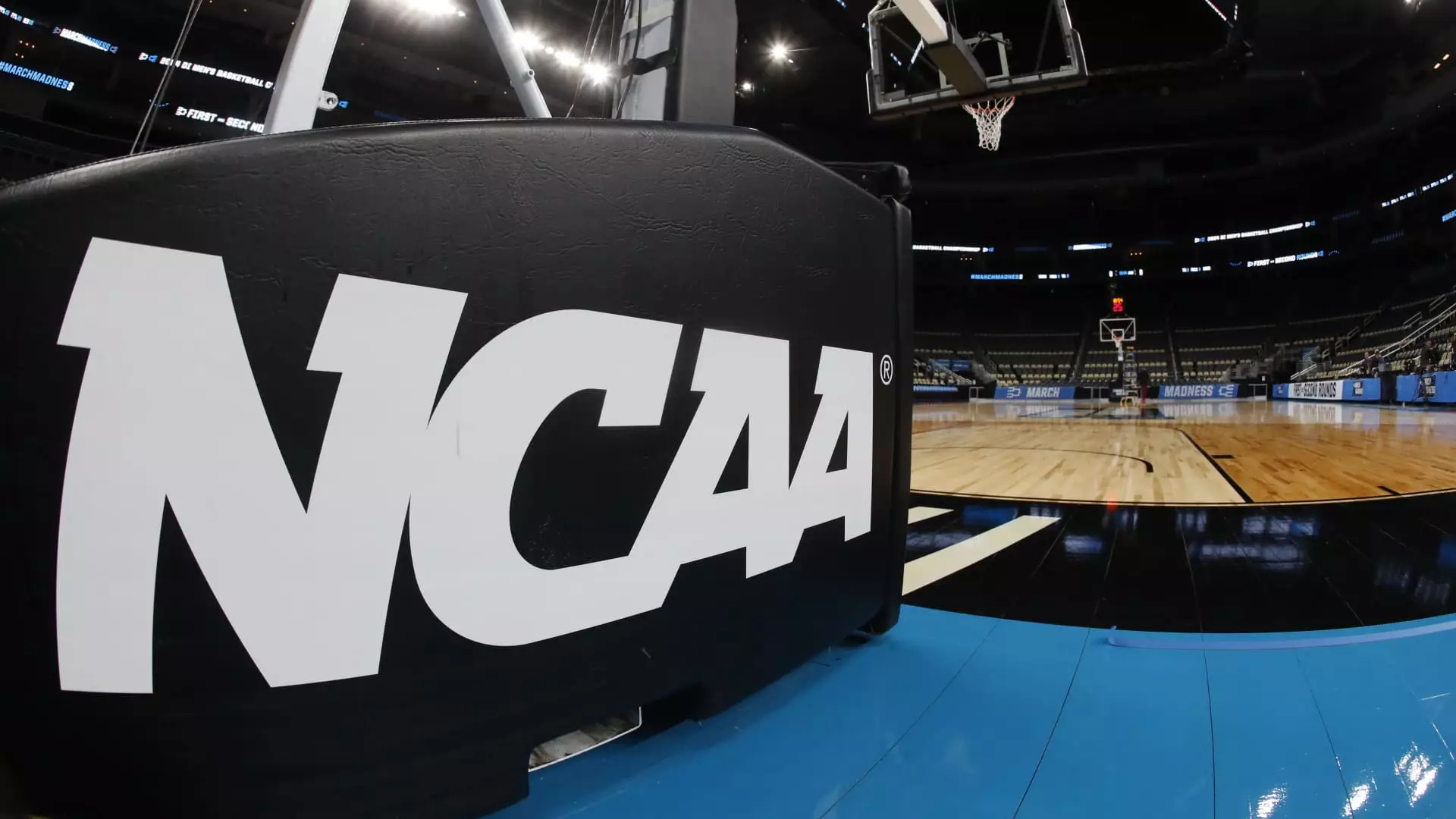Recent changes to the National Collegiate Athletic Association (NCAA) guidelines regarding transgender student-athletes have marked a significant turning point in the landscape of college sports. This article will analyze the implications of the new policy, especially concerning gender inclusivity and athlete representation, set against the backdrop of a politically charged environment.
On a recent Thursday, the NCAA updated its policy, effectively barring trans women from competing in women’s sports. This decision came on the heels of President Donald Trump’s executive order threatening to withdraw federal funding from educational institutions that allow such participation. Under the revised guidelines, individuals assigned male at birth may still practice with women’s teams and access associated benefits like medical care, but they are prohibited from competing in official contests. The policy maintains that all athletes, regardless of gender identity, can participate in men’s teams, although those undergoing testosterone therapy must navigate a complex exemption process. Moreover, students assigned female at birth who engage in hormone therapy are similarly restricted from joining women’s teams.
This policy shift does not exist in a vacuum; it reflects broader socioeconomic and political trends that impact the rights of transgender individuals in America. Trump’s administration has consistently targeted transgender rights, issuing earlier orders which asserted a binary definition of sex and sought to limit the visibility and rights of trans individuals across various domains, including military service. By enacting a norm that simplifies gender identity into a rigid binary framework, these directives undermine the lived experiences of many athletes who identify as trans or nonbinary, reinforcing societal misconceptions about gender.
NCAA President Charlie Baker defended the new policy by emphasizing the need for uniform eligibility standards across the association, arguing this would better serve the vast number of student-athletes enrolled across its member institutions. However, this perspective raises concerns about whether it truly considers the nuances of individual experiences or merely implements a one-size-fits-all approach driven by external pressure. Importantly, Baker mentioned that fewer than ten current trans athletes were known to be participating in NCAA sports, which implies that the broad community is being impacted by a decision aimed at addressing a perception rather than a widespread problem.
Advocates for transgender rights have expressed strong opposition to the NCAA’s new policy. Chris Mosier, a prominent transgender triathlete, critiqued the legislation for its binary treatment of gender, warning that it effectively erases non-binary identities from the sports landscape. Furthermore, he highlighted the collateral damage this policy imposes on intersex athletes and those undergoing hormone therapy for medical reasons, thereby illustrating its potential to adversely affect even those not actively seeking to change their gender identity in the context of sports.
In a statement, GLAAD condemned the policy, framing it as “deeply disturbing” and devoid of the nuanced understanding gleaned from medical and scientific research. They argue that such a move not only puts individuals in a precarious position but also represents a regression in the fight for equality within the athletic domain. The rhetoric around this issue tends to reflect the political climate, demonstrating that legislative changes can often be reactionary rather than based on substantive evidence.
The recently enacted policy by the NCAA poses serious questions about inclusivity and the recognition of diverse gender identities within the competitive landscape of sports. As these discussions unfold, it is imperative for stakeholders—athletes, administrators, and advocacy groups alike—to engage in dialogue that not only acknowledges the rights of all athletes but also actively champions those marginalized by existing regulations. The future of sports hinges on finding more inclusive frameworks that celebrate diversity, rather than constraining it through policies that reflect political agendas rather than the realities of human experience.


Leave a Reply